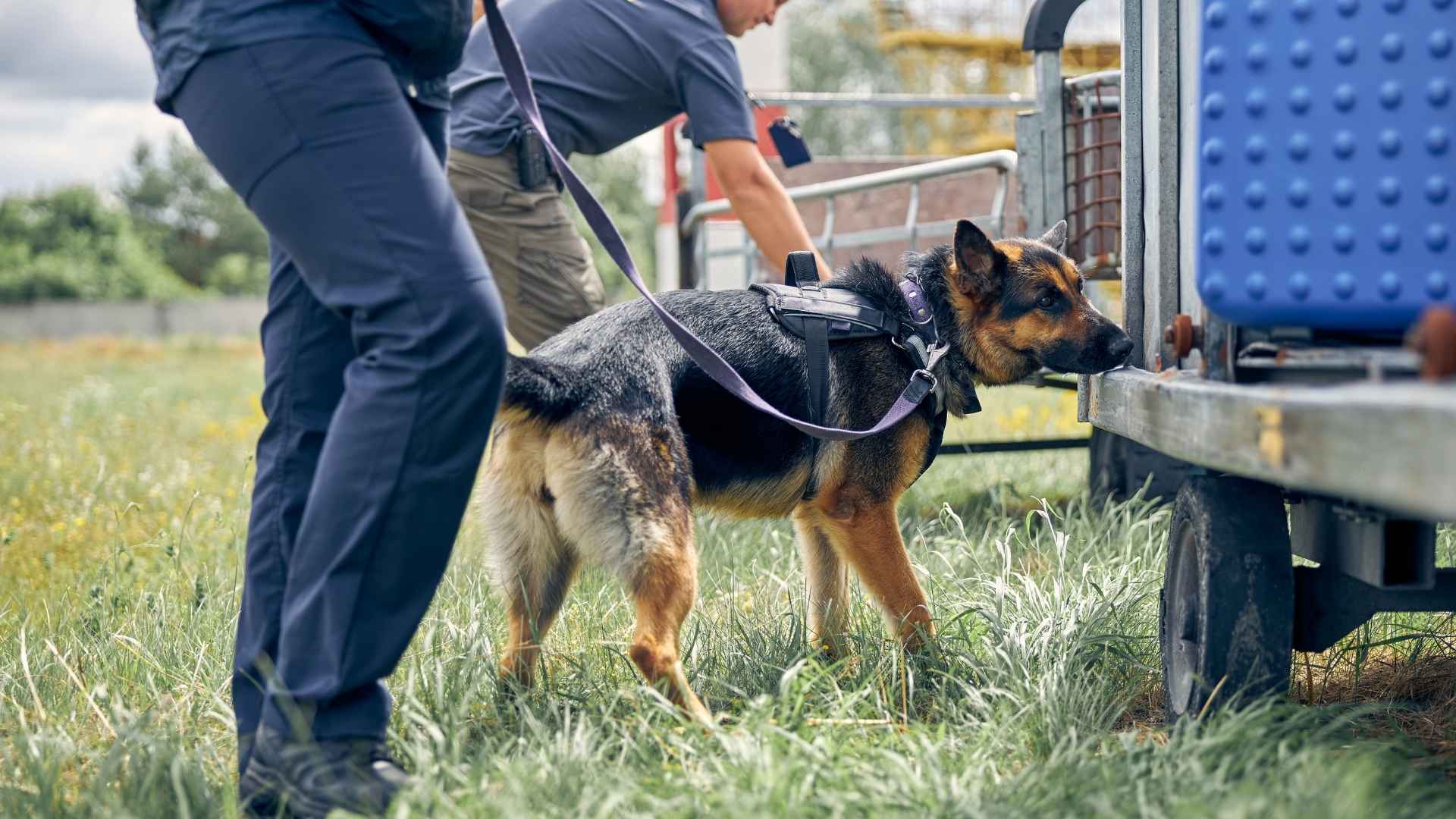Cadaver dogs are crucial in forensic investigations, search and rescue missions, and law enforcement. These highly trained canines possess an extraordinary sense of smell, allowing them to detect human remains, even in the most challenging conditions.
Their ability to differentiate between scents and locate remains buried underground, submerged in water, or hidden in dense environments makes them indispensable in crime-solving and disaster recovery efforts.
Training a cadaver dog requires patience, specialized techniques, and a strong handler-dog bond to ensure precision and effectiveness in the field. The best breeds for this task are chosen based on their intelligence, work ethic, endurance, and natural olfactory abilities.
These 7 remarkable dogs assist in solving cases and bring closure to families searching for their lost loved ones.
Cadaver Dog Breeds
1. Belgian Malinois
The Belgian Malinois has a long history as a working breed, originally developed in Belgium for herding and guarding livestock. Over time, its intelligence, agility, and exceptional scent-tracking abilities made it a preferred choice for police, military, and search-and-rescue teams.
As a cadaver dog, the Malinois is specifically trained to detect the unique odor of human decomposition, making it an invaluable asset in forensic investigations and disaster recovery efforts.
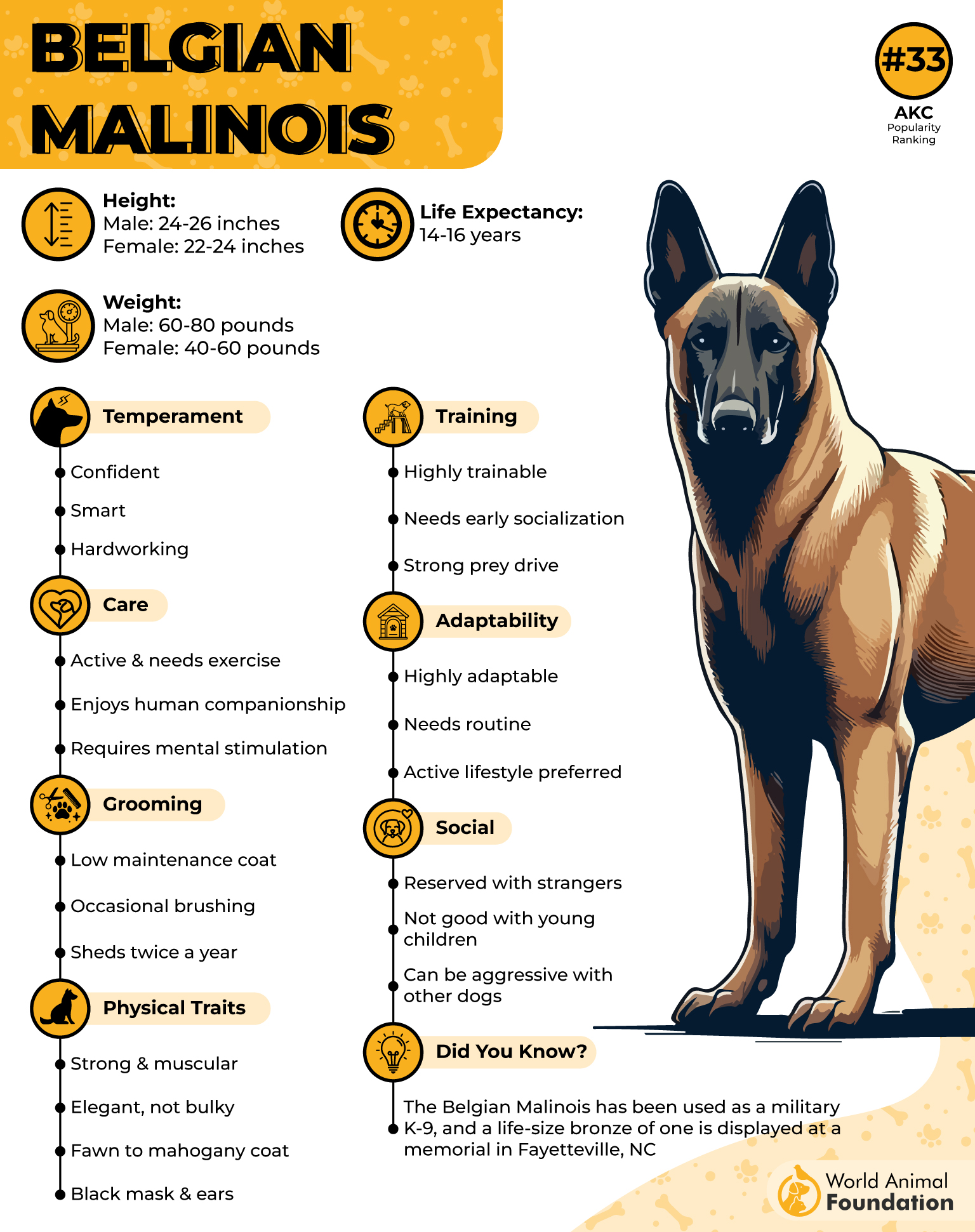
The Malinois possesses an extraordinary olfactory system capable of detecting human remains more than ten feet underground or concealed beneath water, debris, or snow. Their ability to differentiate human decomposition from animal remains ensures precise searches, even in complex environments.
Additionally, they can be trained to distinguish between different types of decomposition, allowing them to locate specific cases, such as drowning victims while ignoring unrelated scents.
Cadaver-trained Malinois are conditioned to locate deceased remains with pinpoint accuracy. Their training involves exposure to various stages of human decomposition, ensuring they can detect remains in different conditions and time frames. This specialized skill set makes them indispensable in recovering missing persons, identifying crime scenes, and assisting law enforcement in homicide investigations.
The Malinois’ unmatched stamina and drive allow it to work tirelessly in demanding search operations. Whether searching through collapsed buildings, dense forests, or disaster-stricken areas, these dogs maintain focus and determination for extended periods. Their exceptional endurance ensures that no scent goes unnoticed, making them a top choice for forensic and recovery teams.
2. German Shepherd
The German Shepherd has a long-standing reputation as one of the most reliable detection dogs, thanks to its intelligence, discipline, and exceptional scent-tracking abilities. Originally bred for herding and protection, this breed has become a top choice for search and rescue work and forensic investigations.
With a highly developed olfactory system, German Shepherds can locate human remains buried deep underground, submerged in water, or concealed in dense environments. Their keen noses allow them to differentiate between decomposing wildlife and human remains, ensuring accuracy in challenging search conditions.
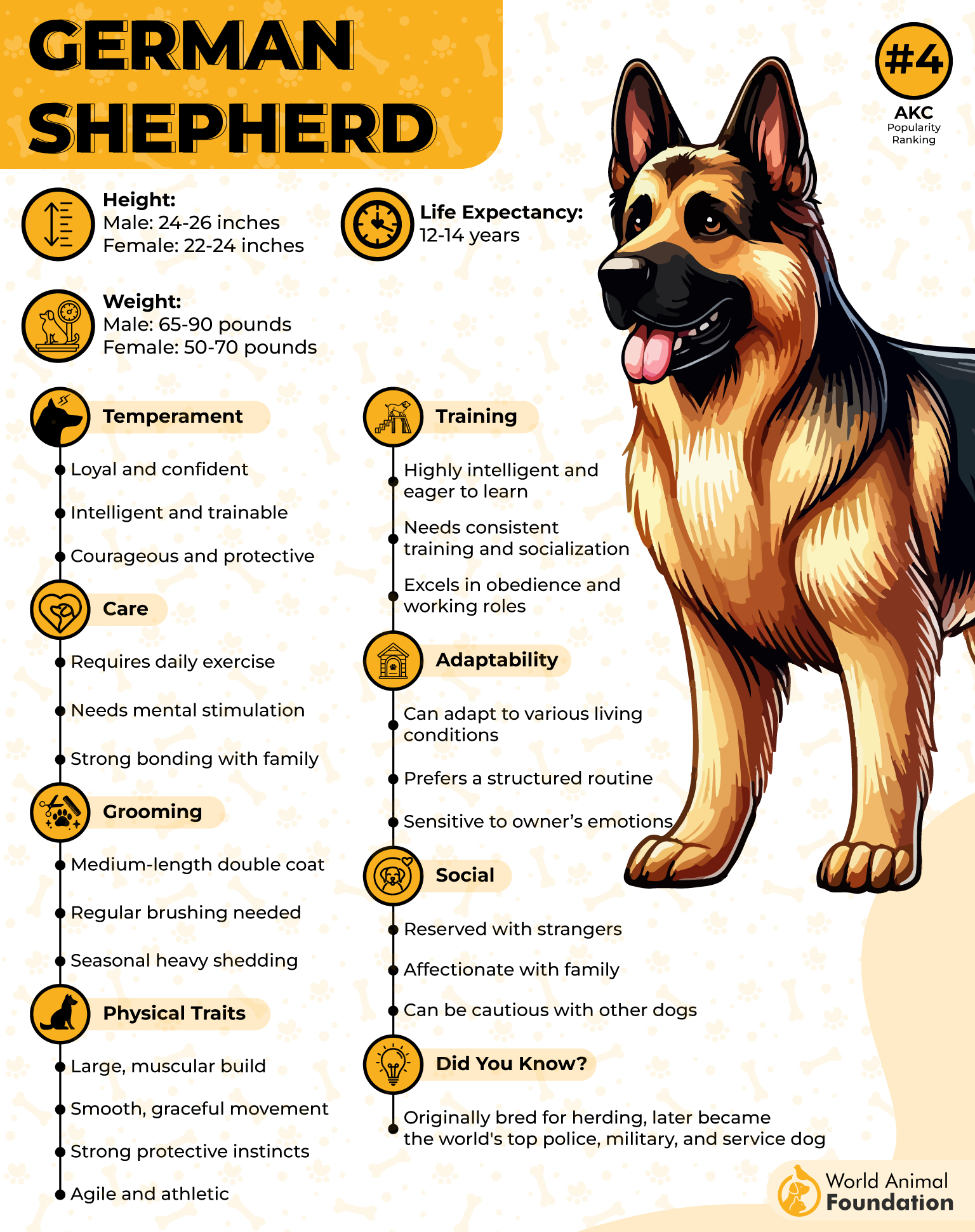
German Shepherds excel in search and rescue work, using their intelligence and problem-solving skills to navigate debris, collapsed buildings, and rugged terrain. These human remains detection dogs are trained to locate deceased individuals with remarkable precision.
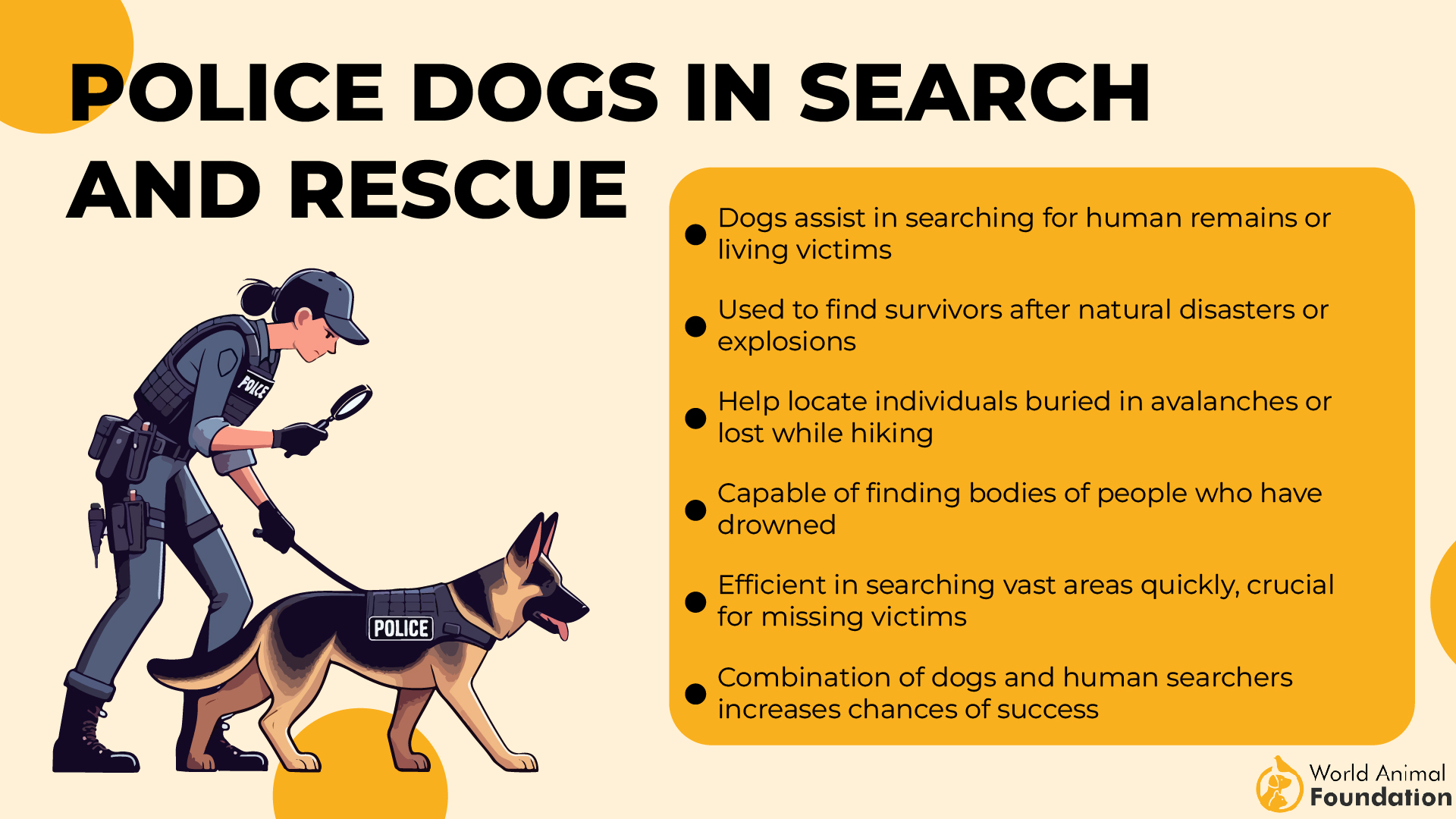
Their ability to work in disaster zones and crime scenes makes them indispensable to law enforcement and emergency response teams. One such example is ‘Fiji,’ the AKC-recognized German Shepherd who helped in a rescue operation in western North Carolina after Hurricane Helene.
The breed’s physical endurance and strong work ethic allow it to sustain long search operations without losing efficiency. German Shepherds remain focused and driven, ensuring no scent goes undetected. Their natural determination and rigorous training make them one of the most sought-after detection dogs for forensic and investigative work.
Beyond criminal investigations, trained cadaver dogs like German Shepherds play an essential role in locating unmarked graves and historical burial sites. They frequently collaborate with forensic anthropologists to recover evidence, contributing to both modern legal cases and historical research. Their versatility and specialized training make them invaluable in detecting human remains.
3. Labrador Retriever
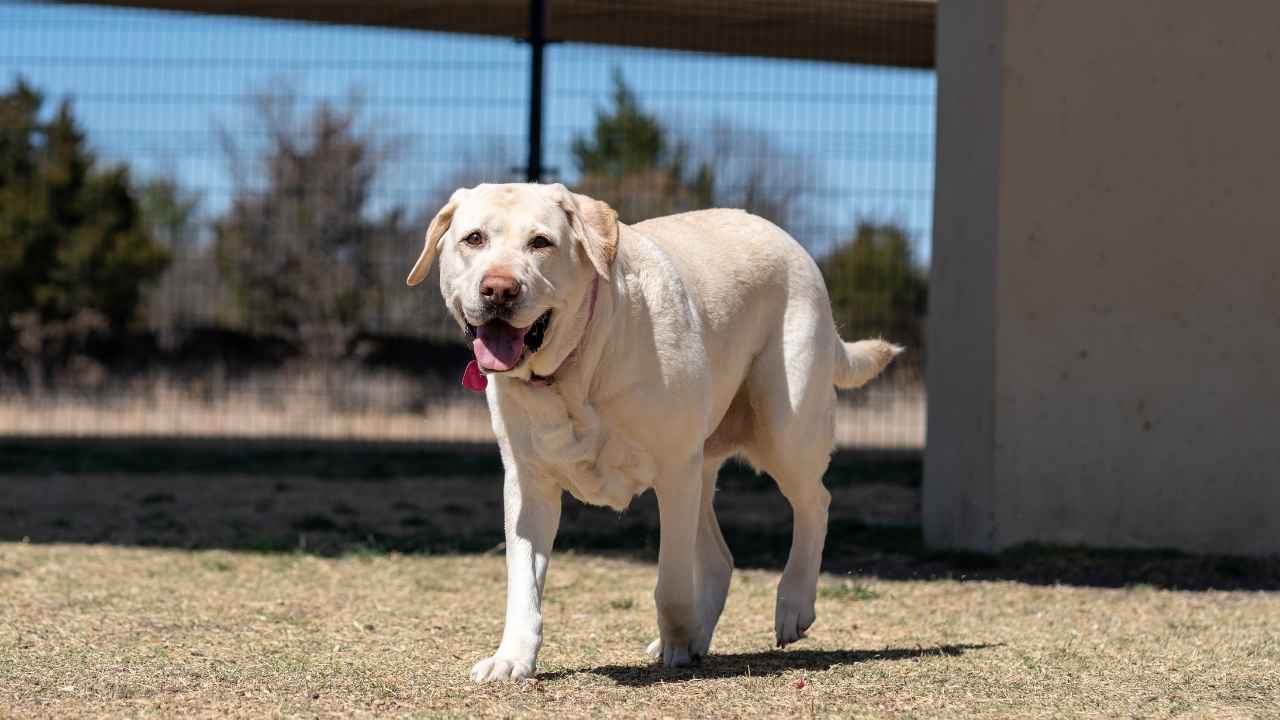
The Labrador Retriever is one of the most commonly used sniffer dogs for locating a dead body, thanks to its exceptional intelligence, trainability, and strong work ethic. Originally bred as a hunting dog, this breed has transitioned into roles such as human scent detection, making it a top choice for forensic and search-and-recovery operations.
With an incredibly advanced canine nose, Labrador Retrievers can detect human remains buried underground, submerged in water, or hidden in dense terrain. Their ability to differentiate between the scent of decomposing flesh and that of animals ensures precise searches, minimizing false alerts. A well-trained Labrador excels in both large-scale search operations and pinpoint forensic investigations.
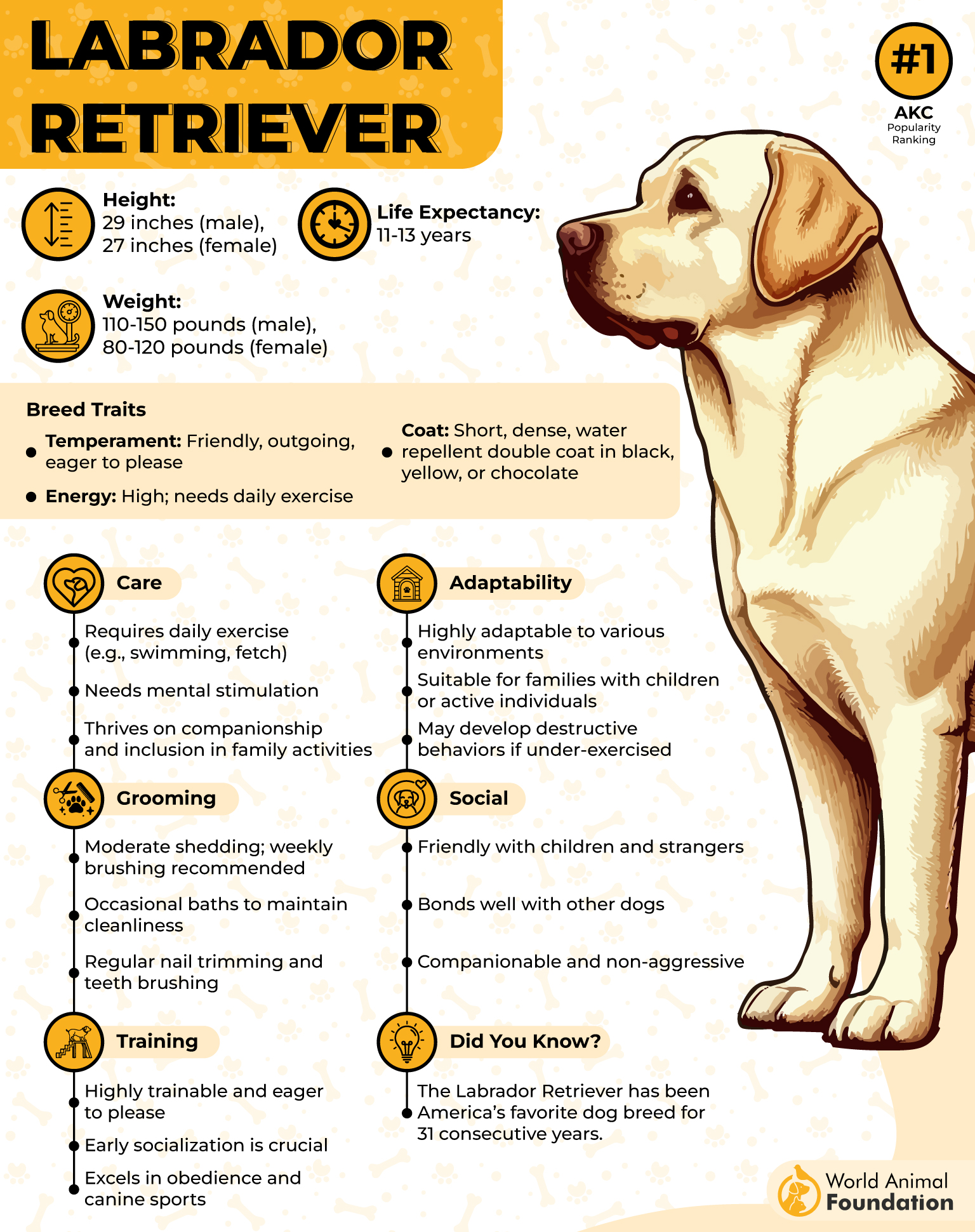
The Yellow Labrador Retriever is favored for its friendly yet focused temperament, making it highly cooperative during extensive training programs. Labs remain highly motivated, maintaining their stamina and concentration even in extreme environments. Their adaptability allows them to perform well in various challenging search scenarios.
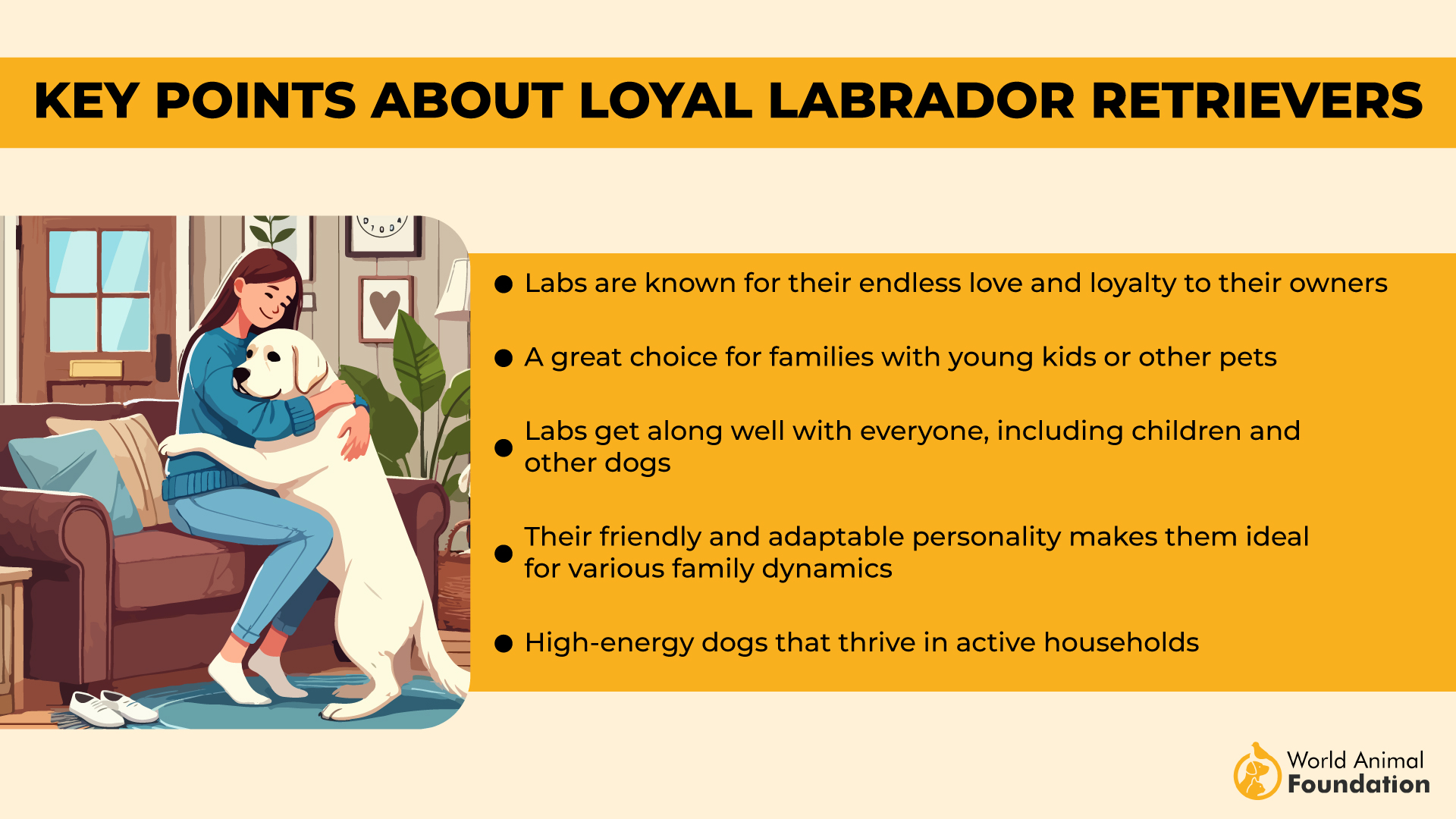
Beyond forensic investigations, Labradors play a key role in disaster recovery efforts, often deployed in natural disasters and mass casualty events to locate victims. Their ability to track even the faintest human scent makes them one of the most reliable choices for law enforcement and scientific research. Whether in water, collapsed buildings, or remote locations, their accuracy in detecting a dead body is unmatched.
The Labrador Retriever’s gentle nature also allows it to work effectively alongside professional teams and grieving families, offering compassion that enhances their role beyond just detection. Their intelligence, endurance, and extraordinary canine nose make them one of the most commonly chosen breeds for cadaver detection worldwide.
4. American Pit Bull Terrier
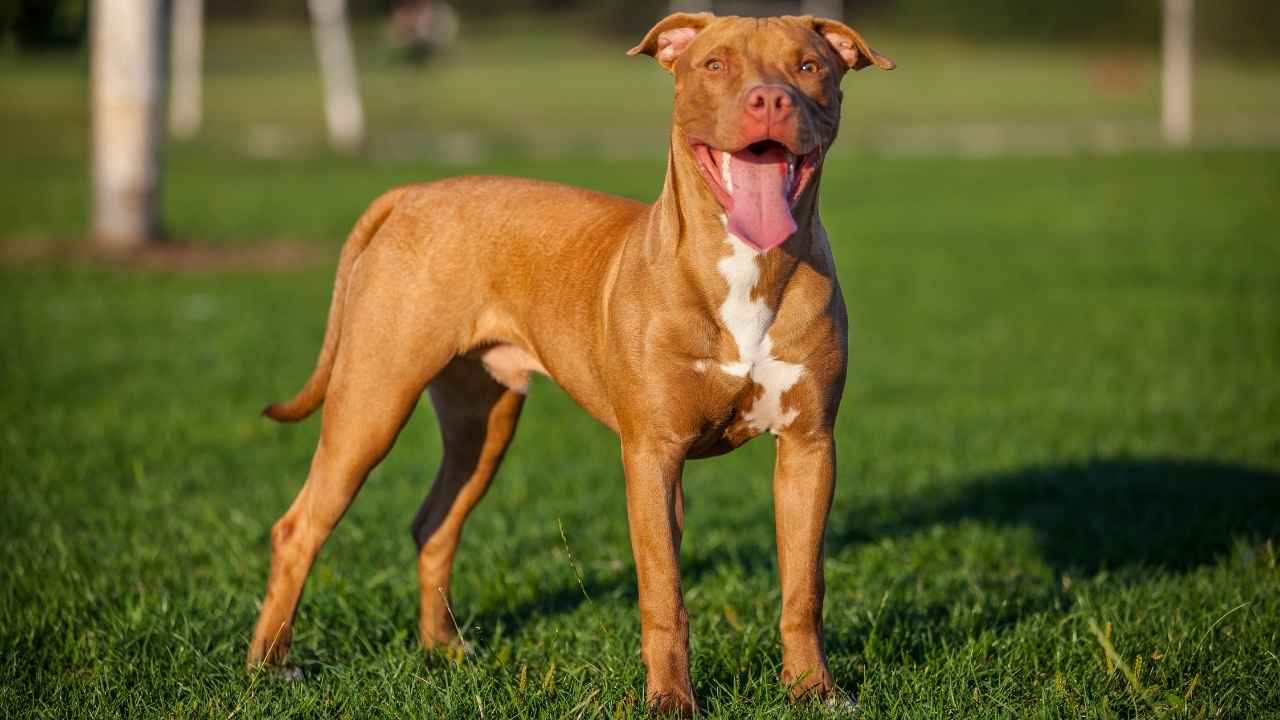
When properly trained, the American Pit Bull Terrier can be an exceptional working dog for human remains detection. Though not among the most common breeds used for this purpose, its intelligence, determination, and physical endurance make it highly capable in forensic and life recovery operations.
With a strong drive and an excellent ability to focus, this breed can excel in cadaver detection work. Its muscular build and high energy levels allow it to easily navigate rough terrains, collapsed structures, and disaster zones. It can be trained to differentiate between human decomposition and environmental scents, ensuring accuracy in recovery efforts.
The breed’s loyalty and willingness to work closely with handlers enhance its effectiveness as a working dog. It thrives on structured tasks and remains motivated throughout long search operations. Its tenacity and problem-solving abilities allow it to adapt to various search environments, from urban crime scenes to remote wilderness areas.
This breed’s strong scent-tracking ability and powerful drive make it a solid candidate for the role. Its ability to learn complex scent discrimination techniques ensures that it can locate remains even in challenging conditions. With proper guidance and experience, it can become a reliable cadaver detection dog, proving that less conventional breeds can still excel in this demanding field.
5. Australian Shepherd
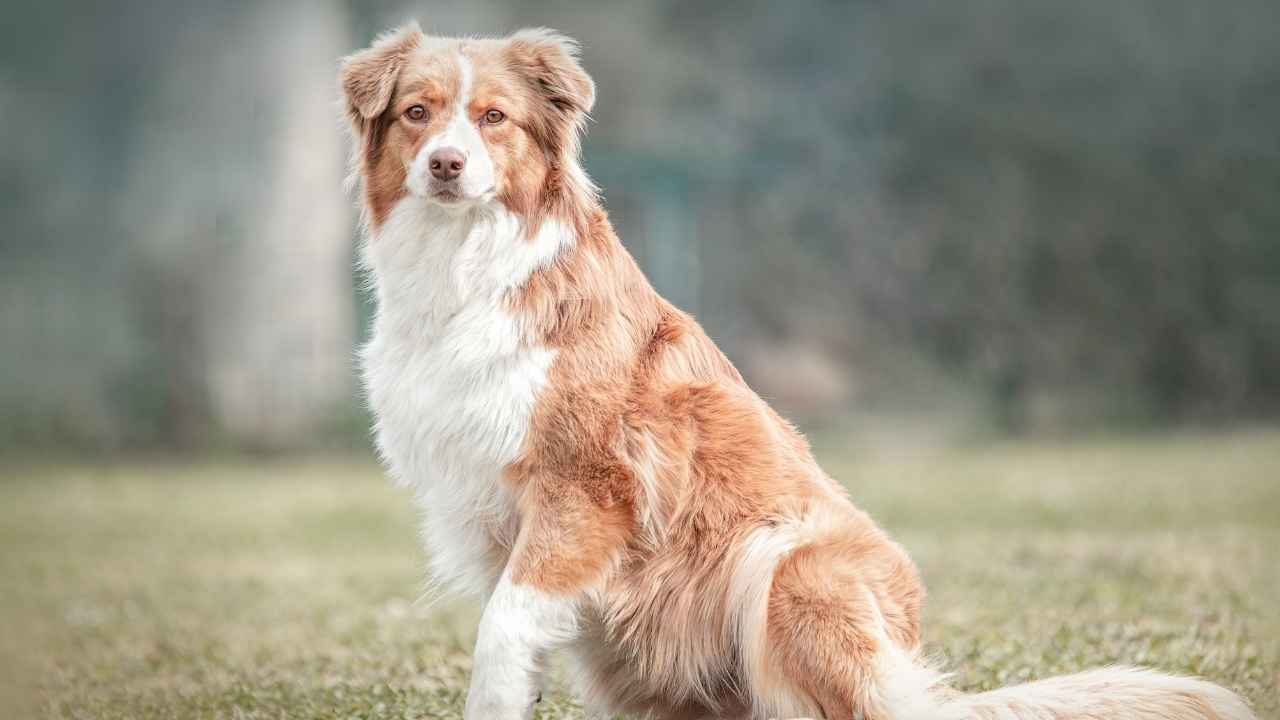
The Australian Shepherd is a highly intelligent and energetic breed originally developed for herding livestock. Aussies’ keen intelligence, agility, and strong work ethic make them a capable cadaver dog. With proper training, it can excel in scent detection, aiding search-and-rescue teams in locating human remains in various environments.
VCA states that Australian shepherds possess an exceptional sense of smell. Whether remains are buried underground, submerged in water, or concealed under debris, the breed’s powerful olfactory system helps track faint scent trails over long distances. Their ability to differentiate between human and animal decomposition makes them reliable for forensic investigations.
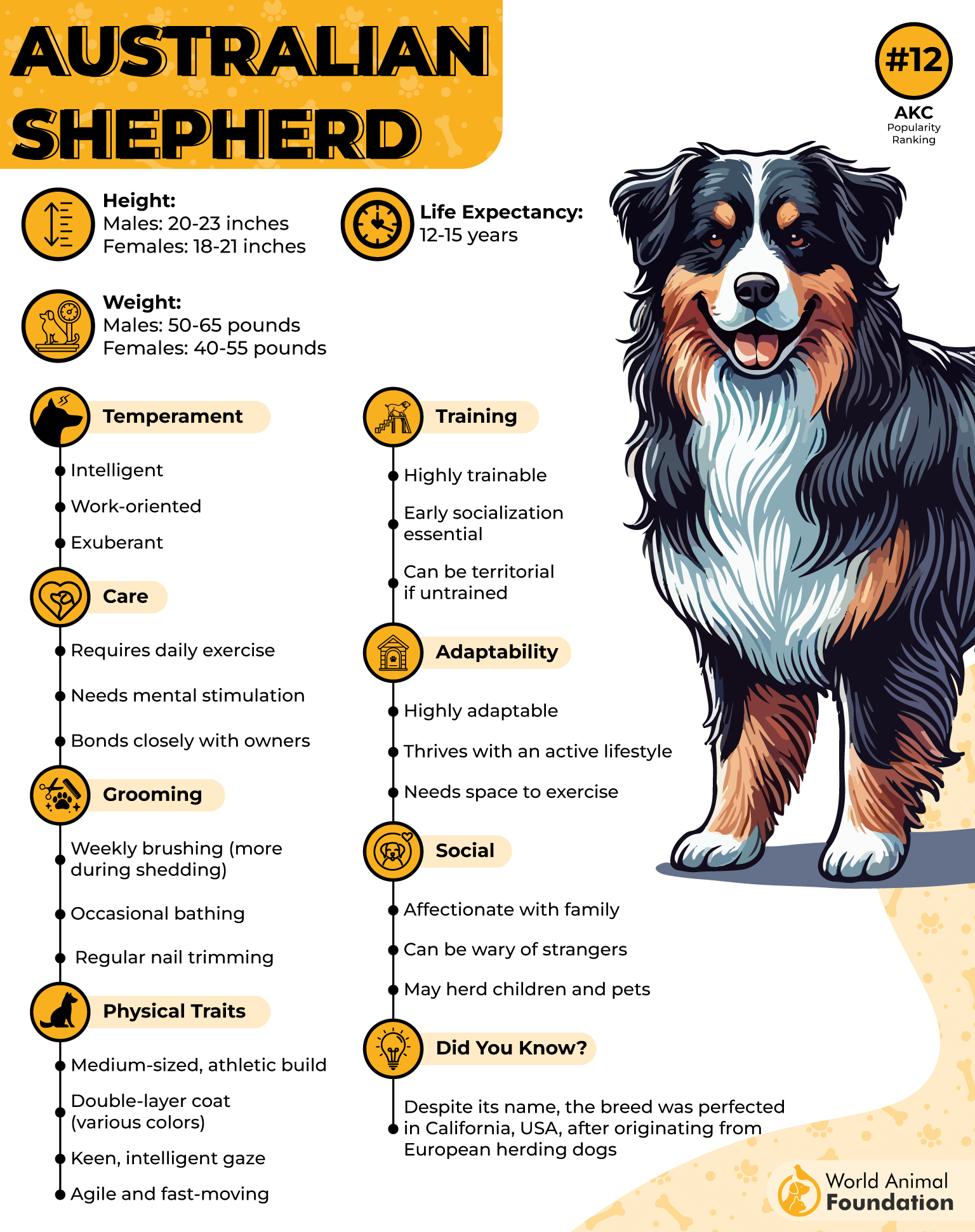
Known for their strong problem-solving skills and adaptability, Aussies are well-suited for complex search operations. Cadaver searches often require navigating difficult terrain, such as dense forests, mountains, or disaster sites, and the Australian Shepherd’s agility allows it to move efficiently through these areas.
The Aussie’s high energy levels and stamina give it an advantage in prolonged search-and-recovery missions. Cadaver searches can last for hours or even days, requiring a breed with both physical endurance and mental resilience. Australian Shepherds thrive in active roles, maintaining focus and determination even in physically demanding conditions.
Finally, their strong bond with handlers enhances their effectiveness as cadaver dogs. Aussies are eager to please and highly trainable, making them responsive to commands and scent cues. This strong communication between dog and handler is crucial in forensic work, where precision and teamwork can mean the difference between finding remains or missing vital evidence.
6. Dutch Shepherd
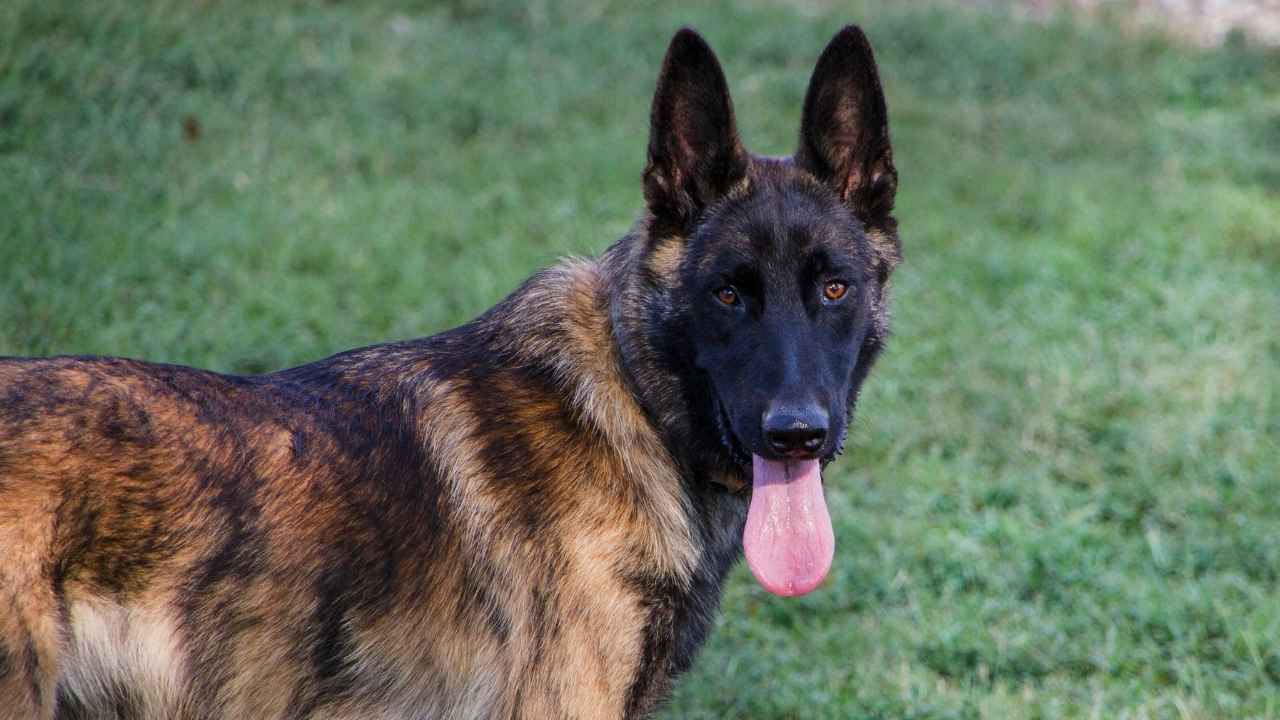
The Dutch Shepherd is a highly skilled working dog with a history rooted in herding and protection. Over time, its intelligence, endurance, and exceptional scenting ability have made it a top choice for cadaver detection. In this important role, the Dutch Shepherd is trained to locate human remains in various environments, playing a crucial role in forensic investigations and law enforcement.
Dutch Shepherd’s powerful olfactory system allows it to detect decomposing human remains even when buried deep underground or concealed in water. These dogs can track faint scent trails across vast ground, making them reliable assets in search-and-recovery missions.
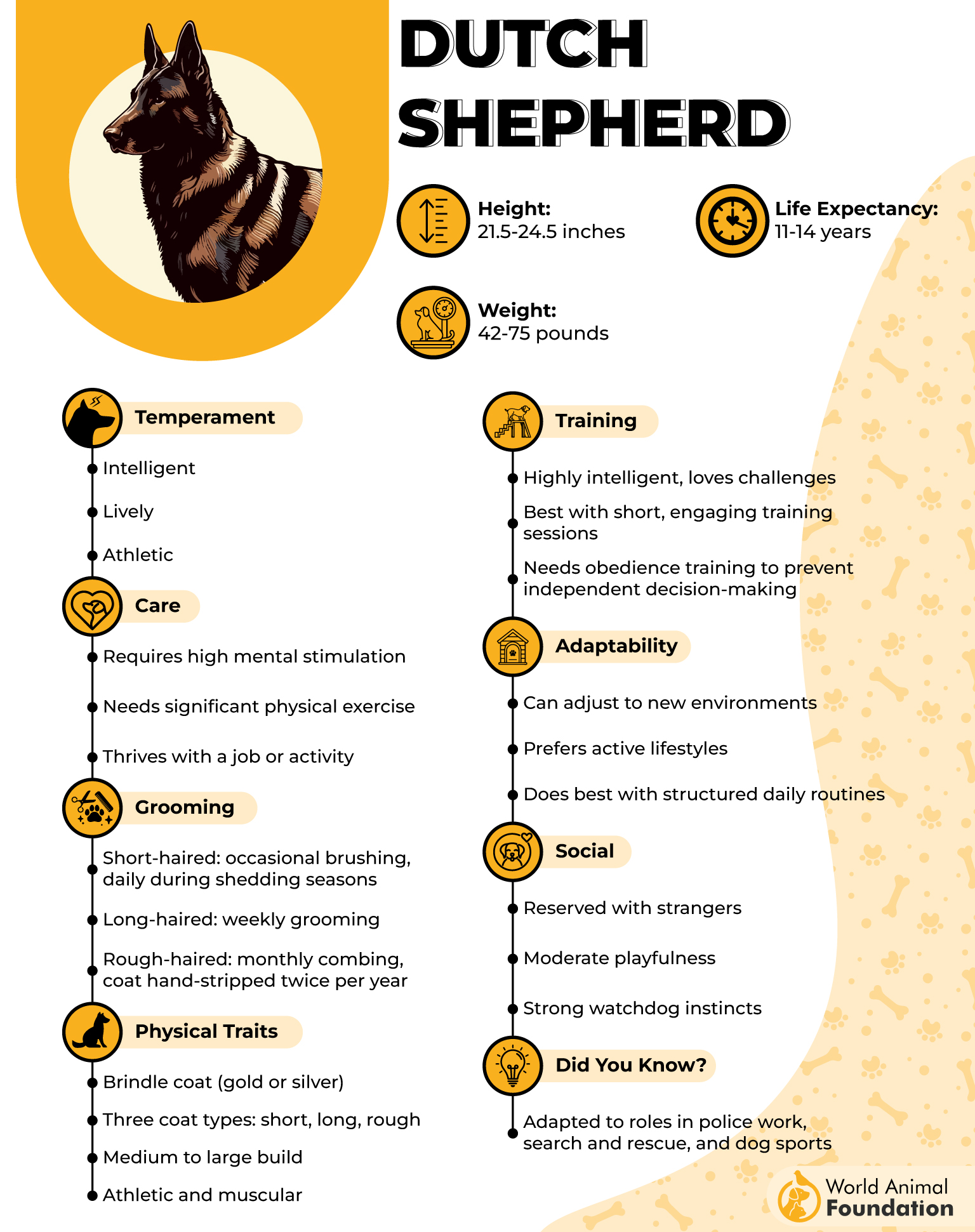
The breed’s natural traits of intelligence, problem-solving, and adaptability make it highly effective in cadaver search operations. Whether navigating collapsed buildings, dense forests, or remote locations, Dutch Shepherds adjust their search strategies based on environmental challenges. Their agility and determination ensure they can efficiently cover large search areas.
Dutch Shepherd’s high energy levels and stamina make it well-suited for prolonged cadaver searches. These missions can take hours or days, requiring a focused and resilient dog. Dutch Shepherds thrive in demanding roles, ensuring consistent performance even in extreme conditions.
Beyond search-and-rescue, Dutch Shepherds contribute to society by assisting forensic anthropologists and historians in locating hidden burial sites. Their unique ability to detect even trace amounts of human decomposition makes them valuable for uncovering long-forgotten graves, solving cold cases, and bringing closure to families. Their dedication to their job makes them indispensable to forensic and recovery teams worldwide.
7. Doberman Pinscher

The Doberman Pinscher is a highly intelligent and driven breed originally bred for protection and police work. Its strong work ethic, keen sense of smell, and ability to learn complex tasks make it a capable candidate for human remains detection. With proper training, Dobermans can excel in forensic search-and-recovery missions.
As it possesses an exceptional olfactory system, the Doberman is trained to detect the distinct scent of human decomposition. Its ability to track remains across vast distances, including buried or submerged locations, makes it valuable in disaster recovery and law enforcement investigations. Their sharp focus ensures they remain locked onto scent trails without distraction.
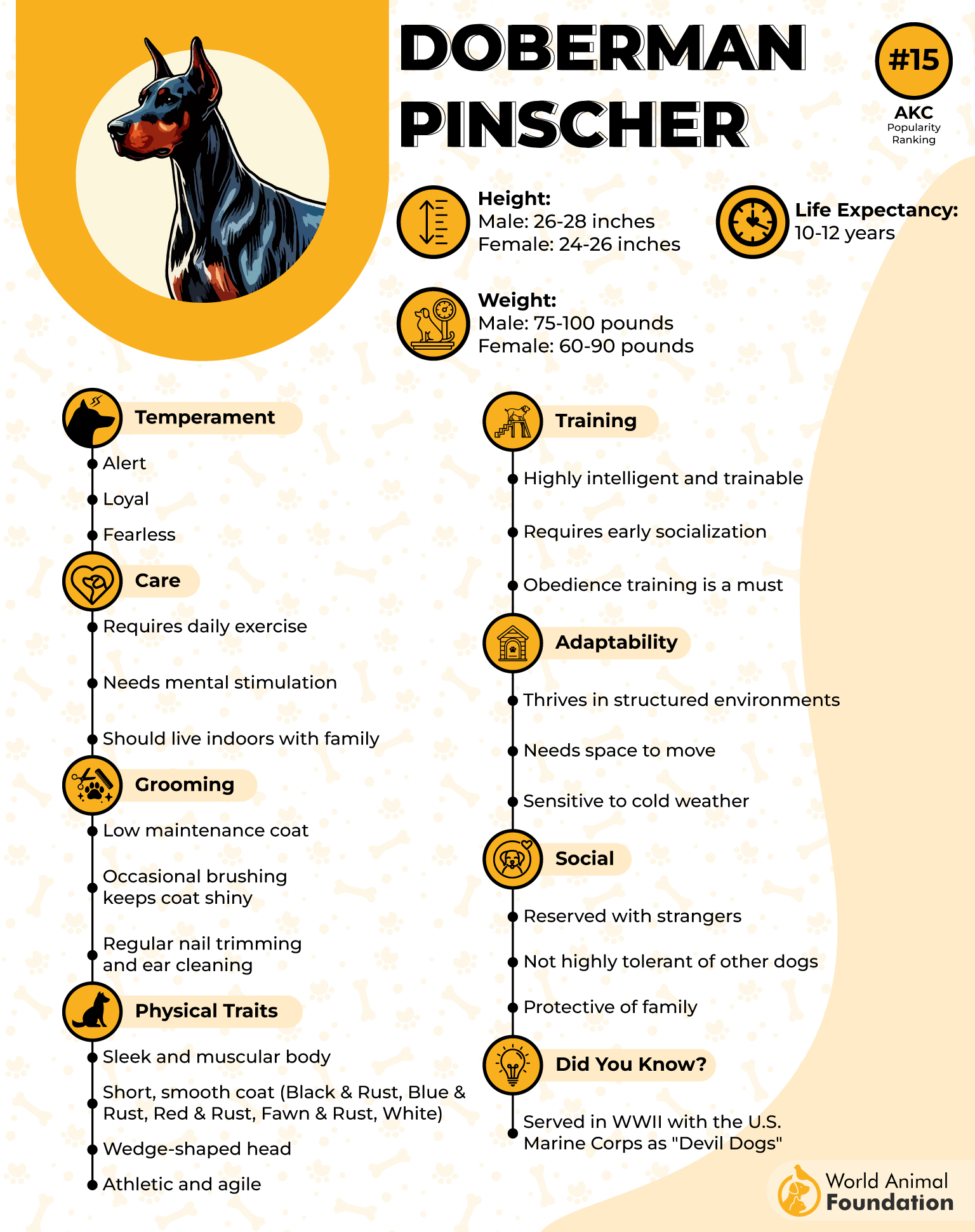
Britannica states that Doberman’s agility and endurance allow it to navigate difficult terrain, from dense forests to collapsed buildings. In cadaver search operations, where speed and precision are critical, Dobermans use their athleticism to cover large areas efficiently, improving the chances of locating human remains. Their adaptability makes them effective in various search environments.
This breed is known for its strong problem-solving abilities, a crucial trait in forensic work. Cadaver searches often present unpredictable challenges, such as shifting wind patterns or hidden remains, and the Doberman’s intelligence enables it to adjust its search tactics accordingly. This ability enhances their efficiency in locating hard-to-find evidence.
A Doberman’s deep bond with its handler enhances its effectiveness in cadaver detection. Highly trainable and eager to work, it responds well to scent cues and commands, ensuring seamless communication in the field. This trust and precision are essential in forensic investigations, where accurate detection can provide crucial evidence in criminal cases.
Conclusion
Cadaver dogs play a crucial role in locating human remains, using their exceptional scent detection skills to assist in investigations and recoveries. Search and rescue dogs, like the highly skilled Bloodhound, have been relied upon for centuries due to their unmatched tracking ability.
The keen-nosed Beagle and other hounds are also trained to detect scents, much like their work identifying drugs. While the intelligent Border Collie is often associated with herding, it can also excel in this field with the right trainer.
These rescue dogs remain calm under pressure, allowing them to work effectively in suspected crime scenes or disaster areas. While some other breeds may also be trained for this work, cadaver dogs remain invaluable in bringing closure to families and aiding law enforcement in distinguishing between the living and the deceased.


